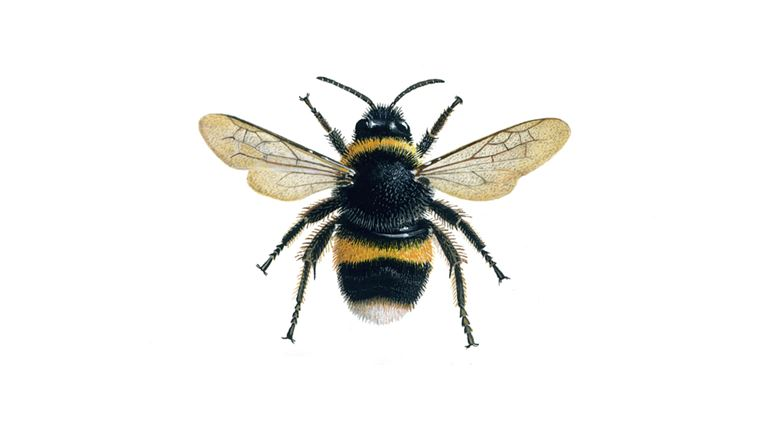DAY 2: The Air Up There
Activity 1: Bee Informed [4 points]
One of the most important, but least talked about, animals in New Zealand is the bumblebee. It was first introduced to New Zealand in 1885 to help pollinate a special plant called the ‘Red Clover.’ Today, bumblebees do many other important jobs, including the pollination of greenhouses and orchard crops. If the bees did not pollinate the plants, they would not survive.
For this activity, we would like you to become detectives and learn more about the mysterious, and often ignored, bumblebee. We will provide you with four sentences about bumblebees from the NZ Bumblebee Conservation Trust website and it is your job to fill in the blanks with the missing information.
On your blog type out the four ‘Unbee-lievable Facts about Bumblebees’ and fill in the blanks for each one.
Unbee-lievable Facts about Bumblebees
- The word ‘bumblebee’ is a compound word (bumble + bee). The word ‘bumble’ means to hum, buzz.
- Bumblebees can fly very quickly. They can reach ground speeds of 54km/h kilometres per hour (km/h).
- Bumblebees can do more work and carry more pollen than other bees, including honeybees. In fact, they can do 50 the times as much work as a normal honeybee.
- The number of bumblebees is declining in New Zealand due to a number of factors, including wildflowers and flowering trees from the landscape. [insert any two causes of the declining number of bumblebees].
Activity 2: Carbon Sinks Don’t Stink! [4 points]
Every day a chemical compound called carbon dioxide (CO2) is produced and released into the air. If it isn’t removed, it can become toxic for humans. Fortunately, there are a number of places where CO2 is absorbed (removed from the air). Two of the most common places are forests and oceans. They are called ‘carbon sinks’ because, like a sink, they gather, clean and drain things away that we don’t want. One of the largest carbon sinks in New Zealand is a forest in the south-western part of the South Island. It drains away 60% of our unwanted carbon!
Let’s imagine that you could design a sink that could gather up and then drain away any foods that you don’t like. On your blog, tell us what you would put in your special sink. If it was me, I would put rice pudding, brussel sprouts, custard, parsnips, and seafood chowder in the sink. Yuck! What about you?
On your blog, list all of the foods that you would put in your special draining sink..
Food that I don't like:
- Seafood
- Brussel Sprouts
- Rice Pudding
Activity 3: Flying Fungi [10 points]
In the middle of winter it can get quite wet and damp in New Zealand, can’t it? When it gets really damp, it is common for things like mould and fungi to start to grow. We can often see them on the walls, ceilings or floors of our houses or outside on footpaths, buildings or roadways. Some types of mould and fungi are so small that they can’t be seen. Some of these tiny fungi/mould can be found in the air. They are called ‘airborne fungi’ and they can be unhealthy for us.
Let’s imagine that we tested the air in your classroom and found 7 different kinds of mould. Eek! The cleaner says that it takes 5 days for each mould to be eradicated (removed). If the school had to remove each mould one at a time, how long would it take to remove all the mould from the classroom?
